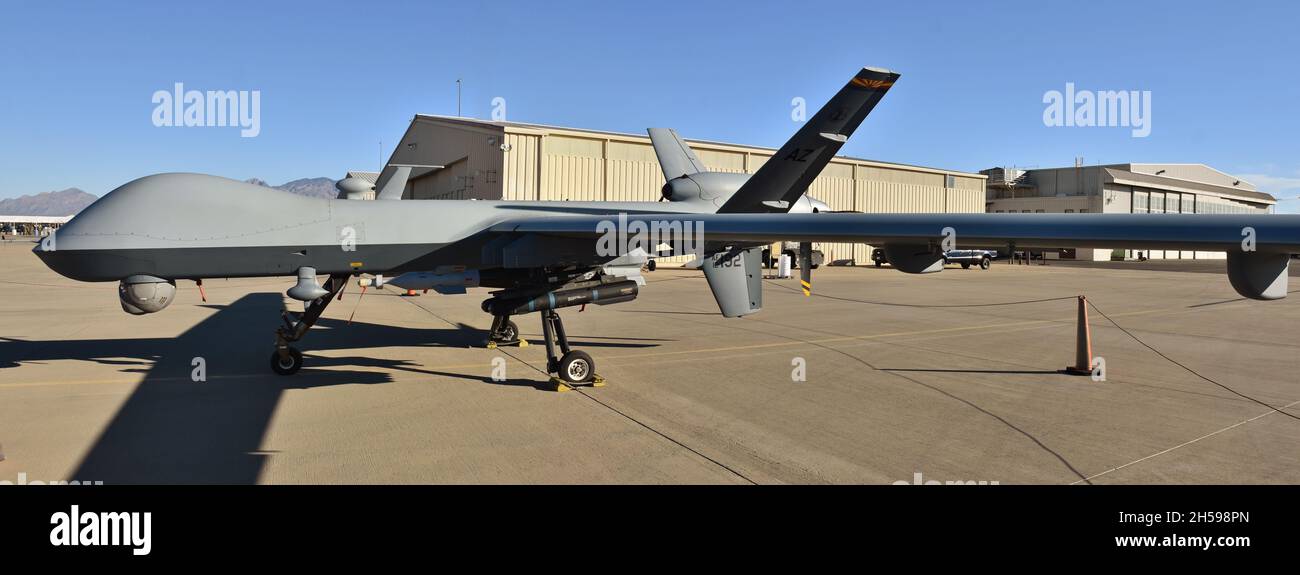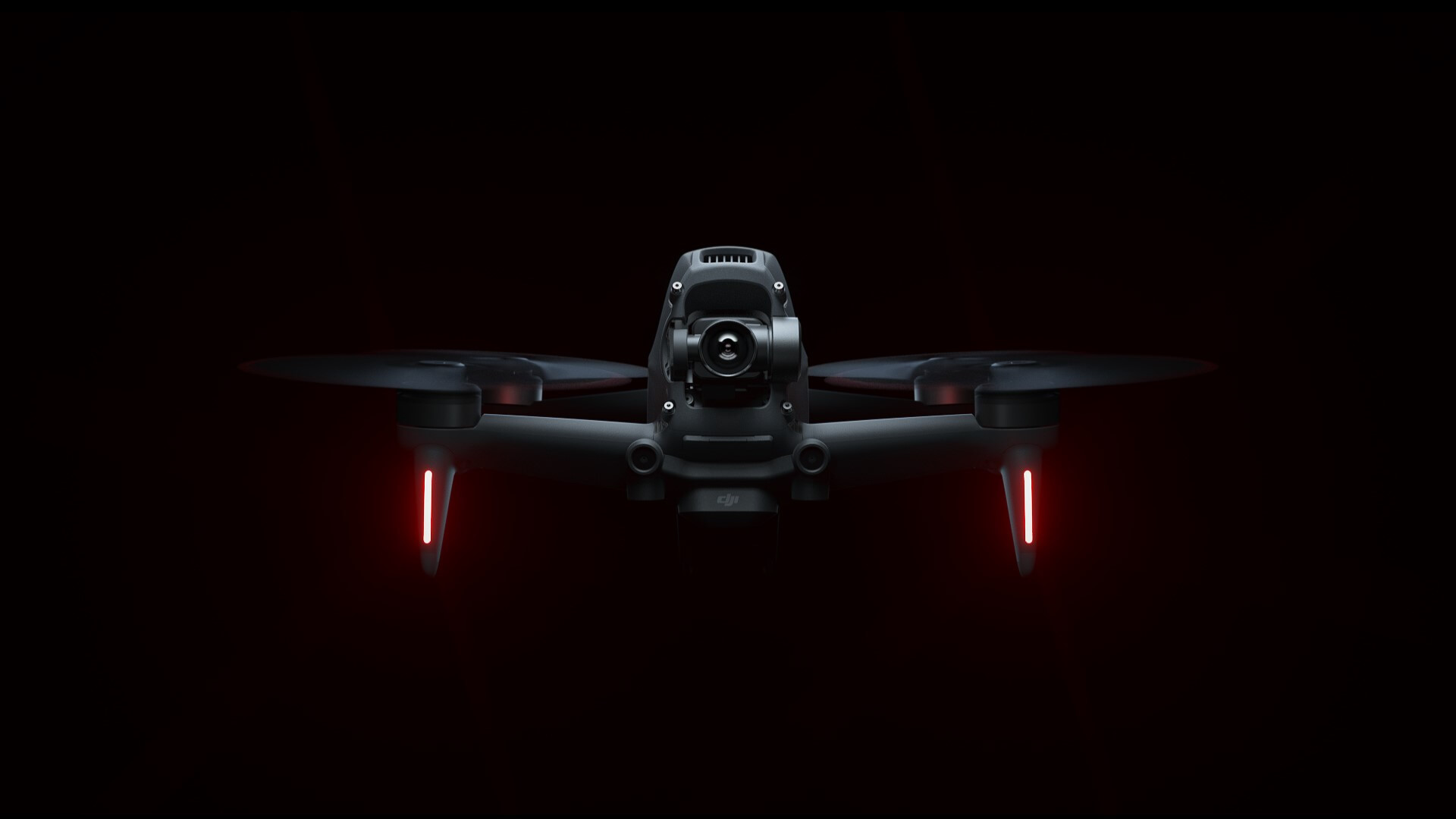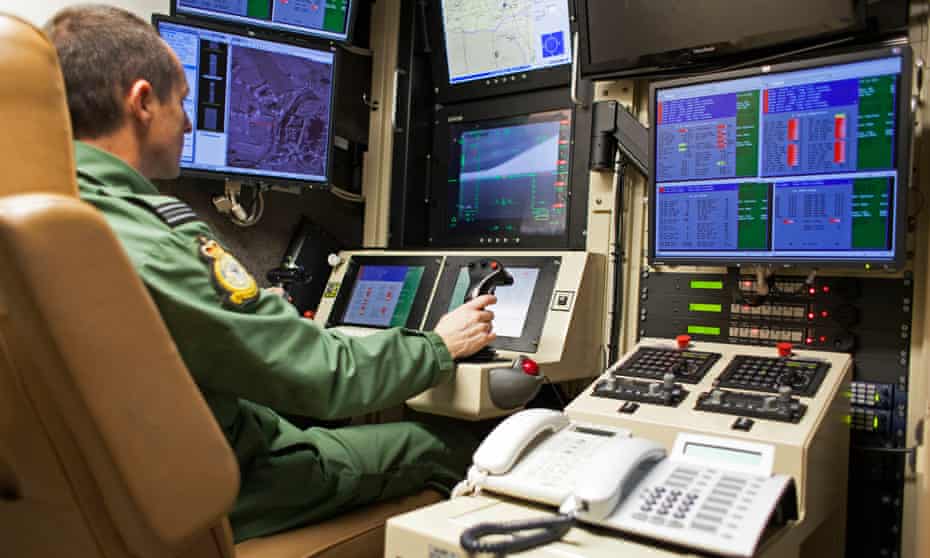
Many benefits can be derived from the use of drones in solar farms. Drones can be used to eliminate rooftop work, as well as ensuring that solar panels and electrical substations function properly. Drones can provide thermal readings, zoom in on individual panels and identify issues and problems quickly. This article will show how thermal imaging can be utilized by drones for solar farms. You can learn more about drones for solar farms and how they can improve your operations.
Thermal camera on a drone
FLIR Vue Pro (640). This thermal camera was mounted onto a multirotor quadcopter. It was focal length 9mm long and took NADIR images at a speed of one every second. The first inspection yielded thermal images with a resolution of about 10 centimeters. The second inspection yielded eleven photos, which took just five minutes to process. The thermal images could be used for quick inspections after any replacement work. This thermal camera has a high image overlap and low motion blur.
Reduces human error
There are many benefits to drone technology. Drones can be used to perform a variety of solar tasks including monitoring, planning maintenance, and time-critical inspections. Drone data can be transmitted directly to a smartphone app, which allows operators to quickly diagnose and fix the problem. The technology can detect faulty solar panels and pinpoint problems before they result in loss of energy output. By minimizing the human error involved in evaluating solar power plants, drones are becoming an indispensable tool.

Improves data quality
Drones can greatly improve the data quality of a PV farm. They can also provide thermal readings, zoom-in capabilities, and other useful information. Solar operators can use drones to ensure proper installation and smooth operations. Among the most popular high-tech industrial workhorses are DJI Matrice drones, which offer IP43 foul-weather capability and extended flight time. In addition to their superior engineering capabilities, these drones excel in broadcasting/filmmaking functions and in the solar industry.
Increases speed of inspection
Drones are a great way to speed up inspections of solar panels. Drones are capable of flying over 10 kilometers and scanning individual solar panels. Manual solar inspections are limited to analyzing two to three per cent of modules, and can result in highly inaccurate results. Drones can scan each module and report the results with far greater accuracy. Solar farm operators can reduce the cost of solar panels by using drones and also reduce the need to intervene manually.
Reduces cost
Drone technology is reducing costs in many sectors. One such sector is solar energy, where drones have the potential to cut costs by up to 70%. Drones provide a cost-effective and efficient way to check the energy potential of roofs and conduct maintenance inspections. They also scan land at 'exceptionally fast' speeds. Drones can help reduce the cost of all phases of solar operations, including planning and maintenance.

FAQ
How can I keep drones from my home?
Drones are becoming more common for home surveillance. However they can also be a threat to privacy or security. If you want drone attacks to be avoided, you can install motion sensors all around your property. These sensors will detect any flying objects that are not authorized.
What law applies to drones that fly over private property?
Recently, the FAA released new rules for commercial drone operations. These rules apply only to UAVs weighing less than 55 pounds and flying below 400 feet above ground level. Commercial operators need to register with the FAA in order to obtain a license. They must also obtain permission from local authorities if they plan to operate in restricted areas, such as airports.
You can fly a drone as high as you like without a license.
The FAA does not limit the height of a drone. However, you must register your unmanned aircraft system (UAS), which includes the registration numbers, model name and weight, size, serialnum, manufacturer's name and date manufactured.
Is it necessary to have special training in order to fly a drone
To fly your drone, you don't have to be an expert in flight mechanics. A remote control unit is all you need. You also need to have some basic knowledge of flight mechanics.
What is the difference of a quadcopter and an hexacopter, you ask?
Quadcopters are four-rotor helicopters that fly like traditional helicopters. It has four rotating rotors. The quadcopter's quadcopter counterpart, the hexacopter, has six instead of four. Hexacopters offer more maneuverability and stability than quadcopters.
Statistics
- According to the multiple listing service (MLS), houses and apartments with drone photographs are up to 68 percent more likely to sell than those without pictures. (thedroneu.com)
- According to industry research from ZipRecruiter , there are 10 cities where the typical salary for a Drone Pilot job is above the national average. (dronesgator.com)
- According to Indeed, a drone pilot gets paid $25.73 per hour on average in the US. (dronesgator.com)
External Links
How To
How to Fly Drones at a Beginning Level
A drone can be used to fly remotely controlled aircraft for photography, surveillance, scientific research, hobby and commercial purposes. Drones are a technology that has been around since World War II. DJI introduced their Phantom series of quadcopters in 2010, but commercial use only began in 2010. Many types of drones have been made available since then, from beginner-friendly models such as the Parrot AR Drone 2.0, to high-end multi-rotor craft such as the DJI Mavic Pro.
You can fly a drone in many different ways, including:
-
Remote control – This technique uses a control device attached directly to your hands that allows you steer the drone around its flight path. There are two main types for controllers: Joysticks or On/Off switches, which can be used to control the drone's flight path.
-
Manual Control - This method uses a smartphone app to remotely control the drone using GPS coordinates. The app will provide instructions and help you to locate the drone.
-
Autonomous Flying - This allows the drone to take over all of the piloting duties. The drone is able to fly autonomously, without the need for human intervention. To enable autonomous flight, the drone should have a built in camera and sensors capable recording images and data.
-
Triggered Flight - This method is similar to manual control, except the pilot manually sets up a preprogrammed route, and the drone follows that route until it reaches the endpoint. Once the programmed route is completed, the drone lands automatically and returns back to the base.
-
Landing Gear - Some drones come equipped with landing gear that allows them to land safely if they lose power or run out of battery during flight.
-
Goggles – Pilots often wear goggles while flying to keep themselves safe from any debris.
-
Camera - Some drones are equipped with cameras allowing you to capture photos and videos from above.
-
Obstacles-Some drones come with obstacle avoidance devices that keep them from hitting obstructions.
-
Speed - Drones can reach speeds up to 40 mph.
-
Battery Life - Most drones can last between 20 minutes to 3 hours, depending on how much power you're using.
-
Some drones have a range of up to 30 miles, depending on their model.
-
Power source - Some drones need an external power source, while others use internal batteries.
-
Weight - Some drones are lighter than others, while some models can weigh as much as 4 pounds.
-
Size - Drones can range in size from tiny devices that can fit in your palm to heavy crafts that weigh 50 pounds.
-
Price – All drones fall into a price category. These range from expensive models that cost thousands to affordable options that start at 100 dollars.